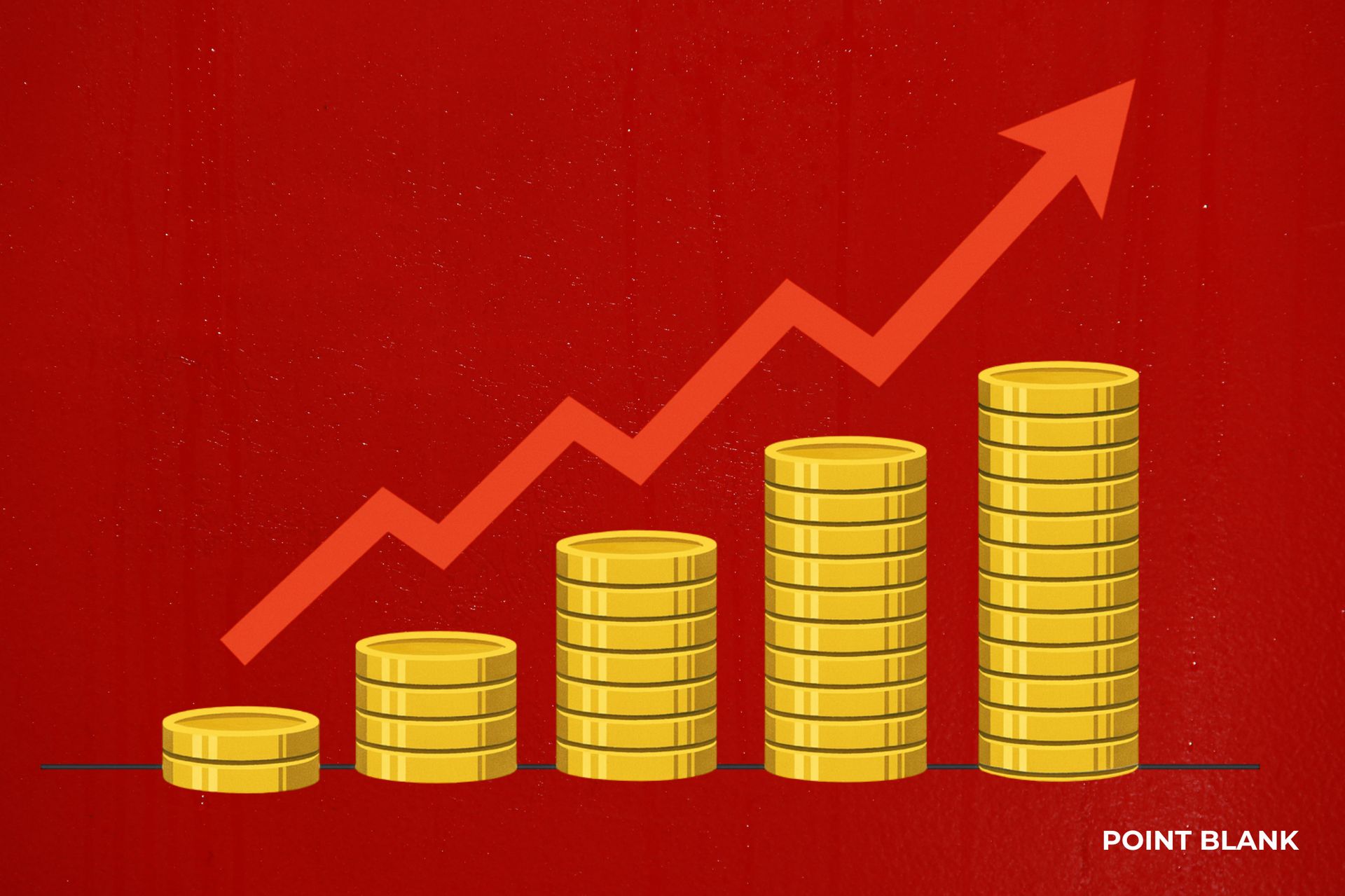
The Brief:
According to Thomson Reuters, law firm worked rates up 7.4% against inflation at 2.8%.
Yet warning signs are emerging as clients push back and shift work to cheaper firms.
Law firms are raking in record results. But the data suggests the boom is built on price, not productivity.
HSF Kramer reported its best-ever financials ahead of its US merger - revenue up 4% to £1.36bn
Ashurst broke the £1bn revenue mark for the first time in its 200-year history - that’s 8% annual growth
Clifford Chance posted £2.4bn in revenue, up 9% year-on-year.
But the question is: do these results reflect genuine demand growth, or simply rate inflation?
In 2025, law firm worked rates are up 7.4% year-on-year, outpacing inflation at 2.8%. Among the Am Law 100, the jump was even steeper at 9.4%. But that’s a tale as old as time. Law firm revenues are increasingly driven by how much is charged, not how much is done.
Since 2006, legal demand has grown just 6% in 20 years, yet worked rates have soared 122%. Worked rates reflect the realised billing value after adjustments for discounts and write-offs (i.e. the amount firms actually collect). In other words, firms are earning more from roughly the same volume of work.
Yet the sustainability of this model is under strain.
The Law Firm Rates Report 2026 by Thomson Reuters Institute and True Value Partnering Institute finds that law firm revenues now depend more on rate increases than demand growth.
Australia’s Big 8 firms offer a textbook example of that theory.
Historically, Aussie firms have been strong on utilisation, maintaining high hours per lawyer. But in recent years, hours have slipped.
Big 8’s answer? Raise rates faster.
The Big 8 have increased their worked rates far more aggressively than other large firms. And that approach has long paid off, leveraging scale and brand prestige to justify premium pricing.
Still, FY25 showed the cracks.
In a cooling economy, clients’ legal spend per hour is falling, especially among the largest companies. As clients become more cost-conscious, they’re shifting work to lower-cost providers. The Big 8’s transactional teams stayed solid, but counter-cyclical work took a hit — demand fell 2.8%, and hours in litigation and disputes dropped more than 4%.
Law’s golden run of rate rises may be nearing its limit. With client pushback intensifying and demand flatlining, the question isn’t how high rates can climb — but how long they can hold?